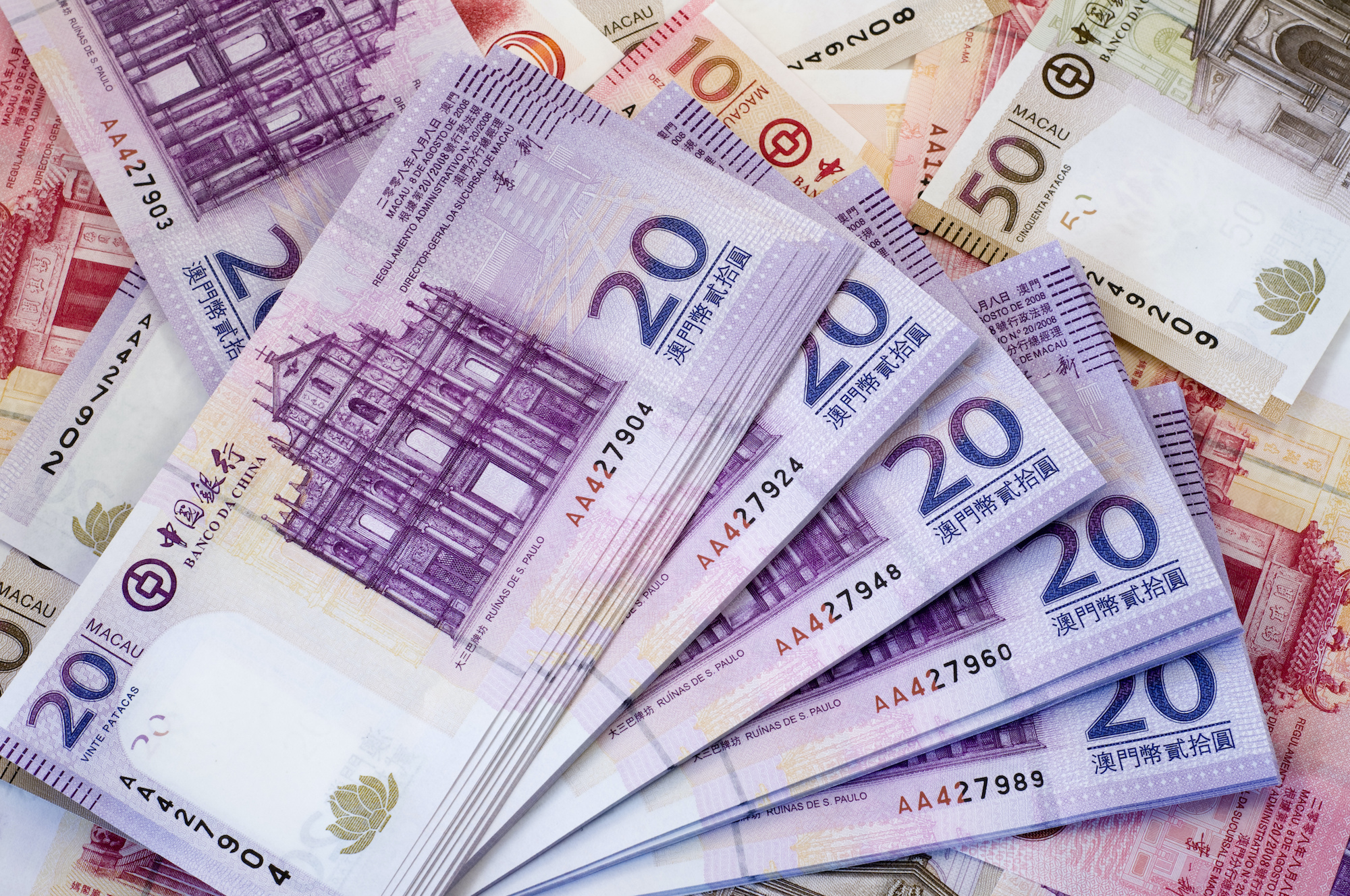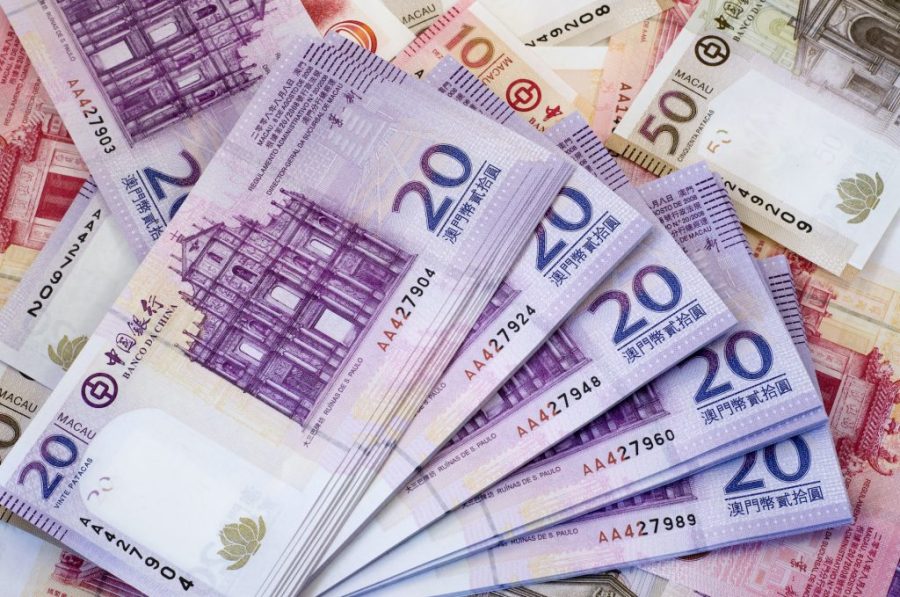Macao’s broad money supply fell 0.2 per cent month-on-month to MOP 698.1 billion (about US$87.3 billion) in April with a stable share of patacas, the special administrative region’s monetary watchdog has announced.
According to statistics released by the Monetary Authority of Macao, the currency in circulation rose 0.5 per cent whereas demand deposits dropped 3 per cent. M1 thus decreased 2.1 per cent from one month earlier, according to China Daily.
Meanwhile, quasi-monetary liabilities edged up by 0.1 per cent. The sum of these two items, broad money supply or M2, fell 0.2 per cent to MOP 698.1 billion.
On an annual basis, M1 dropped 2.5 per cent whereas M2 grew 2.3 per cent.
The shares of pataca, Hong Kong dollar, renminbi and US dollar in M2 were 34.8 per cent, 50.0 per cent, 5.4 per cent and 8.0 per cent, respectively.
Resident deposits decreased 0.2 per cent from the preceding month to MOP 679.1 billion while non-resident deposits rose 1.9 per cent to MOP 361.2 billion.
Public sector deposits with the banking sector edged down by 0.1 per cent to MOP 263.9 billion.
As a result, total deposits in the banking sector increased 0.4 per cent from a month earlier to MOP 1,304.2 billion.
Domestic loans to the private sector grew 0.2 per cent from a month ago to MOP 541.4 billion, while external loans also rose 4.7 per cent to MOP 738.9 billion.
As a result, total loans to the private sector went up by 2.8 per cent from a month earlier to MOP 1,280.3 billion.
At the end of April, the loan-to-deposit ratio for the resident sector rose from 57.2 per cent at the end of March to 57.4 per cent. The ratio for both the resident and non-resident sectors increased from 95.9 per cent to 98.2 per cent.




